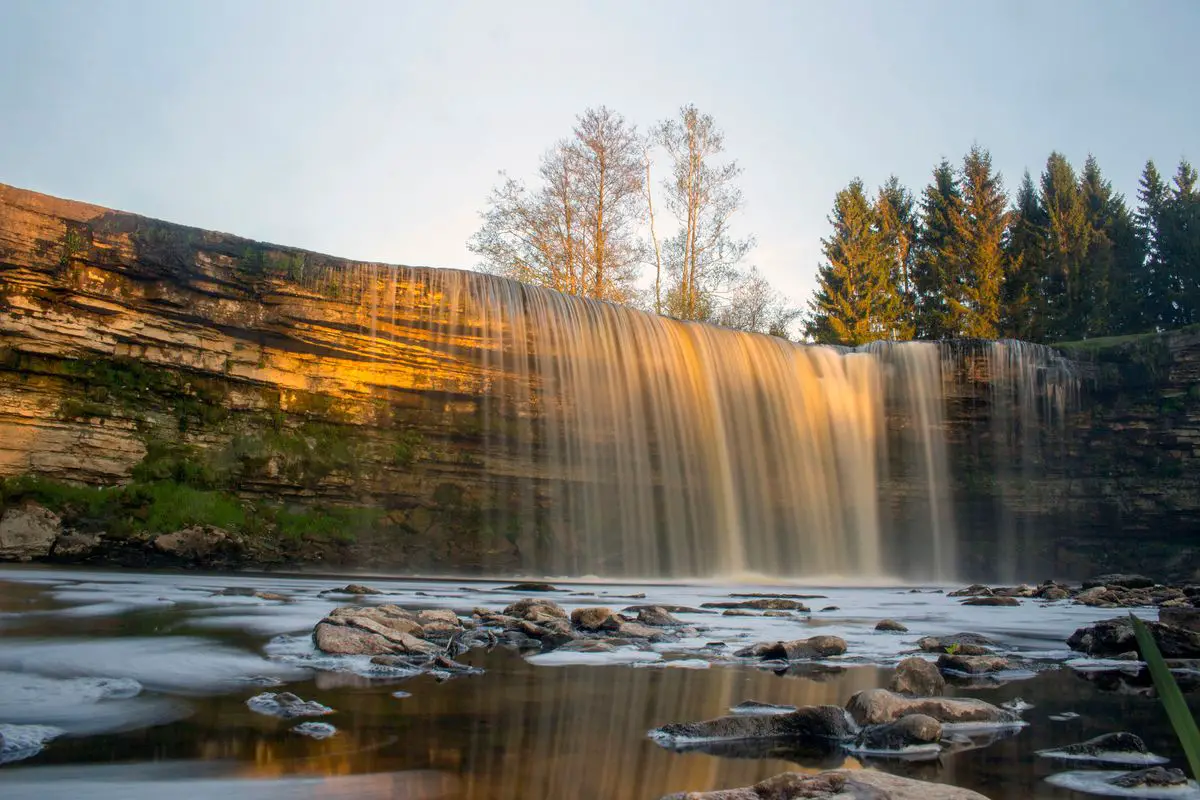Waterfalls 🢔 Geological wonders 🢔 Categories of wonders
Wonder
Jagala Waterfall (Jägala juga)
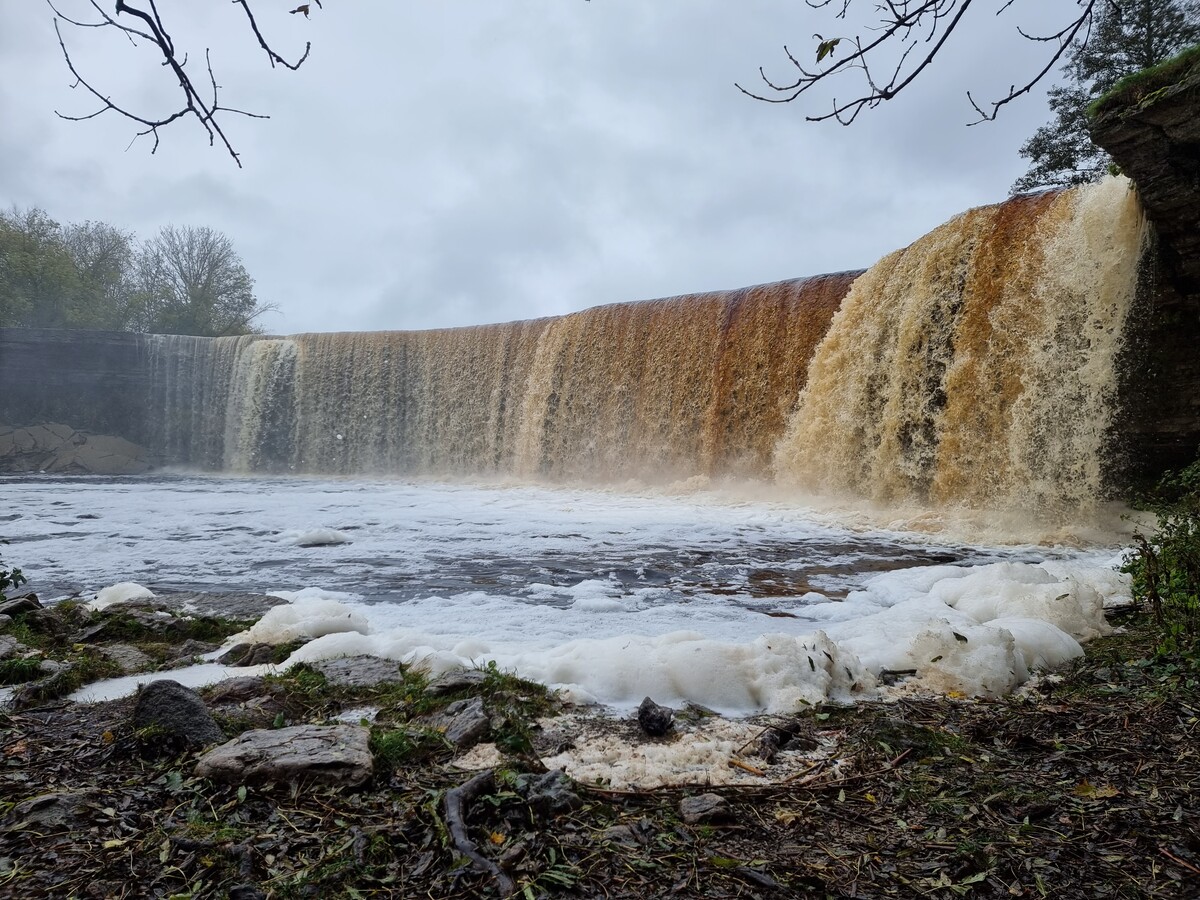
 In short
In short
The most impressive waterfall in the Baltic States is Jagala Waterfall. This magnificent curtain of falling water is 7.8 – 8.1 m high and up to 50 m wide.
 43.5%
43.5%
GPS coordinates
Location, address
Name in Estonian
Alternate names
Stream
Height
Drops
Width
Map of the site
If you see this after your page is loaded completely, leafletJS files are missing.
 In detail
In detail
The mightiest waterfall in the Baltics
There is little doubt that the most impressive waterfall in the Baltics is Jagala Waterfall. The closest competitors could be Keila Waterfall in Estonia and Ventas Rumba in Latvia, as well as Narva Waterfall (Estonia).
This 7.8 – 8.1 m high waterfall has formed on the almost 100 km long Jagala River (Jägala jõgi) – one of the largest Estonian rivers, in the location where the river crosses the Baltic Klint – an impressive escarpment along the northern coast of Estonia. The waterfall can be up to 50 m wide, creating a very impressive curtain of falling water. The water is brown – colored by tannic acids as the river flows through swamps and forest with a lot of decaying organic substances.
The power of the falling water has created up to 7 m deep pit below the falls.
Jagala waterfall is the highest natural waterfall in Estonia. There are several significantly taller waterfalls to the east, on Ontika Cliff, but these waterfalls formed on drainage ditches that were recently shaped by people.
Geology of Jagala Waterfall
The water falls over Ordovician sediments, mostly limestone. There are several formations of Ordovician, including the Jagala Formation – these cliffs serve as a stratotype (a kind of geological standard) of this formation.
The limestone is sturdy, but the power of water and ice gradually washes the stone away and the waterfall steps back, upwards along the river. Over its approximately 3000 years long history, Jagala Waterfall has retreated for some 300 m, leaving behind an up to 12-14 m deep canyon. Assessment of drawings and images shows that in 1688-1931 the retreating of the waterfall was 17 cm on average every year.
The upper layer of limestone of this waterfall is more durable than the rocks below it. As a result, a ledge has formed and it is possible to walk behind the water curtain (if one is not afraid of occasional falling boulders). This is especially impressive in the winter when falls freeze and an ice cave forms behind them. The overhang is especially wide at the southern side: most likely this ledge will collapse in the near future.
History and hydropower plants
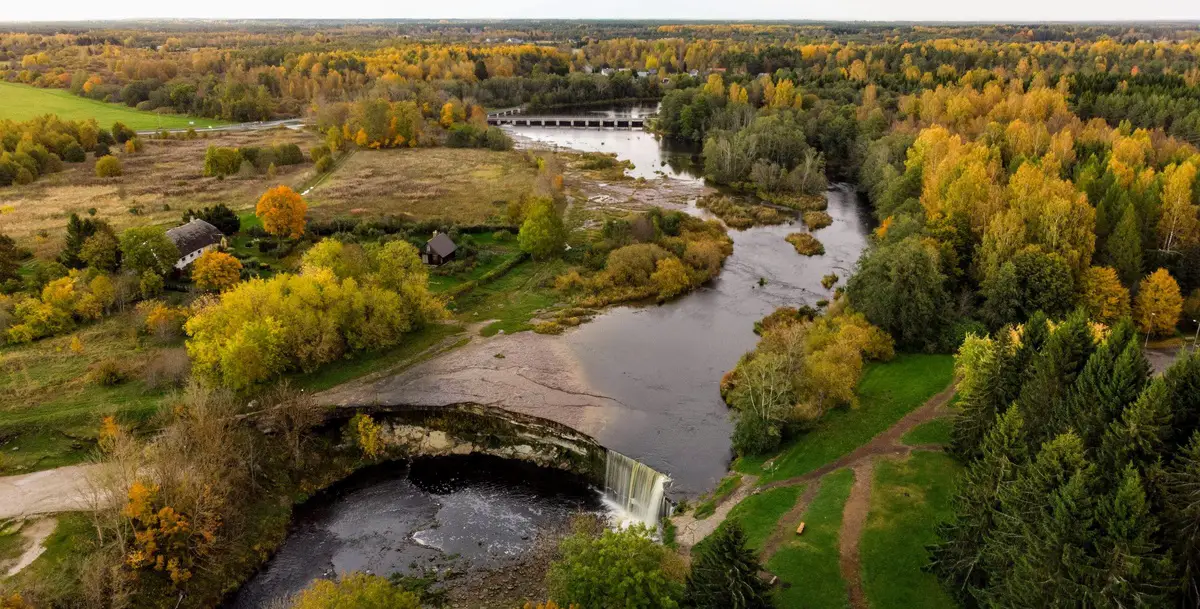
Some 2 km below the waterfall is located Jägala castle hill, the largest ancient settlement site in Estonia. This settlement was inhabited for several millennia since the Stone Age. We can be certain that the waterfall was well known to locals and, most likely, it was a sacred place.
Jagala River in its lower reaches is very rich with fish up to this day and in the earlier times, it was a very important location for salmon spawning.
But, this was also the first location in Estonia where the power of water was put to use by humans. There was the oldest mentioned watermill (around 1240), and a watermill was there also in 1688.
Today Jagala Waterfall is in the middle of several hydropower plant schemes. A part of the Jagala River is diverted away some 380 m above the falls in a channel which bypasses the waterfall and powers the Jägala-Joa power plant some 700 m below the falls. Some 2 km below, on the river, is another, Linnamäe hydropower plant, which, unfortunately, creates some danger to the local archaeological values.
Jagala Waterfall has been a protected natural monument since 1959.
 Linked articles
Linked articles
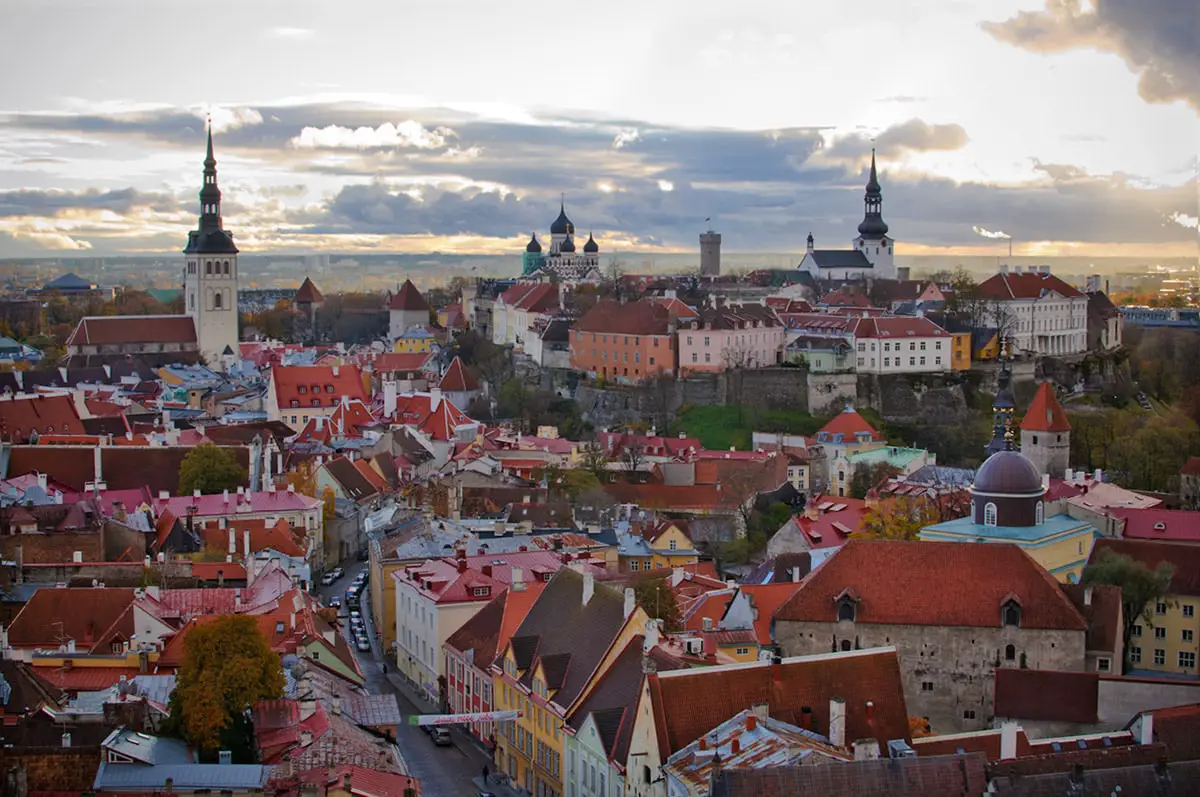
Wonders of Estonia
In spite of its small size Estonia offers a wide array of very interesting natural and man-made landmarks. Highlights of Estonia are:
Medieval Tallinn – one of the most amazing historical cities in this part of the world, built on and around a tall limestone cliff.
Medieval castles and churches – Christianity came here with fortified stone buildings – castles and churches. In Estonia are located some of the most impressive palaces in this part of Europe.
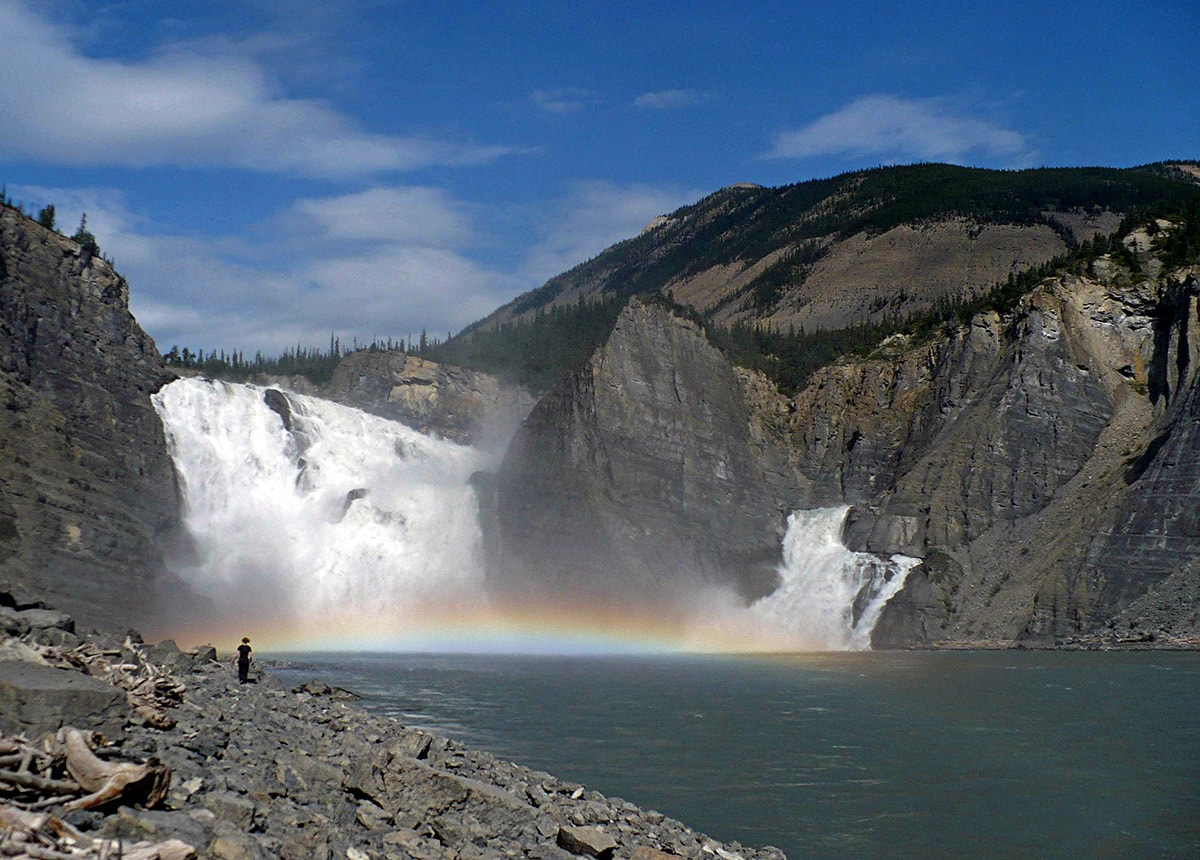
Waterfalls
Some of the most fascinating and awe-inspiring natural monuments are waterfalls or locations where a river abruptly changes its elevation.
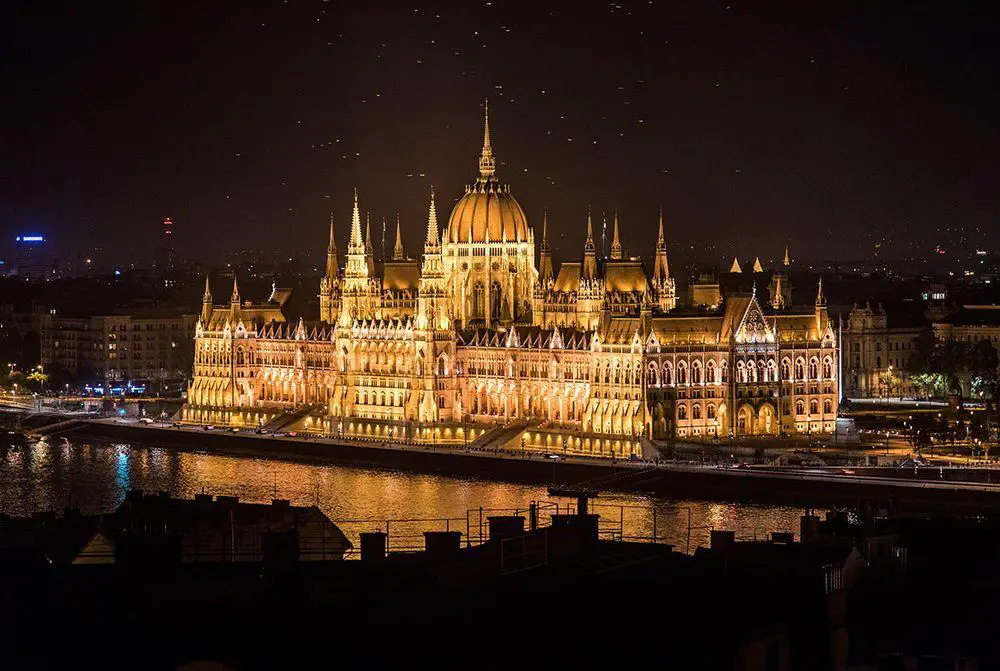
Wonders of Europe
The heritage of Europe is diverse and endlessly interesting. Incomparably rich is the wealth of European historical architecture, but this part of the world has exciting natural heritage and archaeological heritage as well.
 Recommended books
Recommended books
Lonely Planet Estonia, Latvia & Lithuania
Lonely Planet’s Estonia, Latvia & Lithuania is our most comprehensive guide that extensively covers all the region has to offer, with recommendations for both popular and lesser-known experiences. Explore Tallinn’s fairy-tale old town, relax at Curonian Spit, and marvel at Riga’s art nouveau architecture; all with your trusted travel companion.
DK Eyewitness Travel Guide: Estonia, Latvia, and Lithuania
DK Eyewitness Travel Guide: Estonia, Latvia, and Lithuania is your indispensable guide to this beautiful part of the world. The fully updated guide includes unique illustrated cutaways, floor plans, and reconstructions of the must-see sights, plus street-by-street maps of cities and towns.

